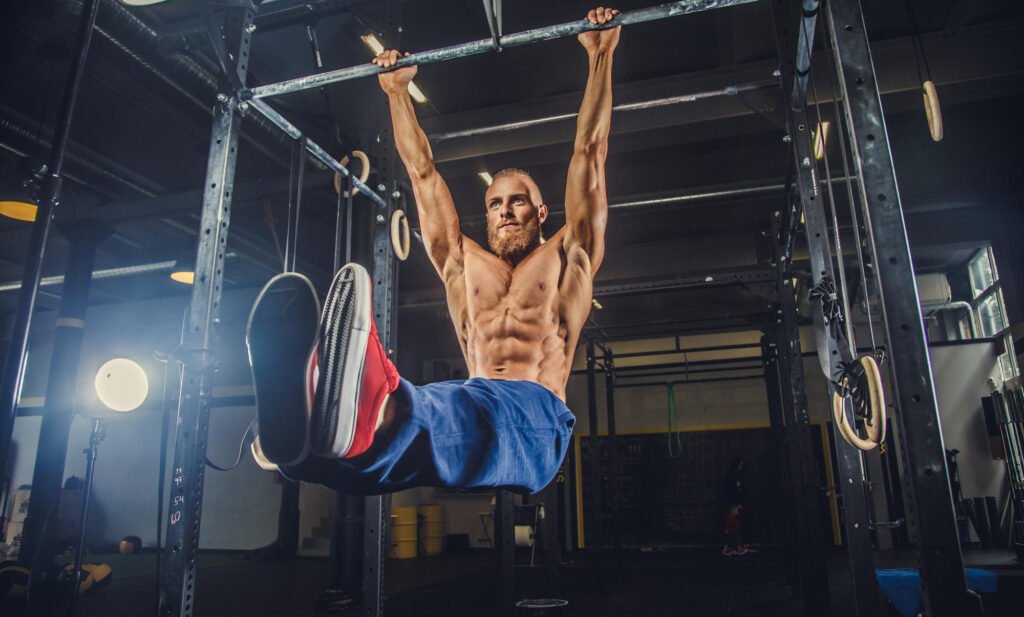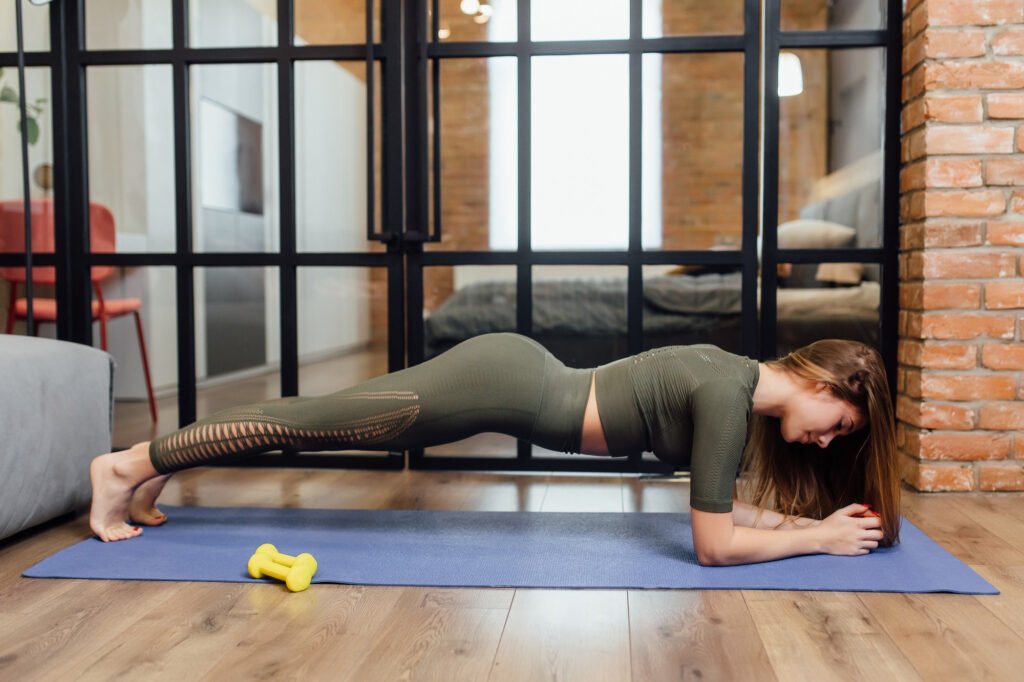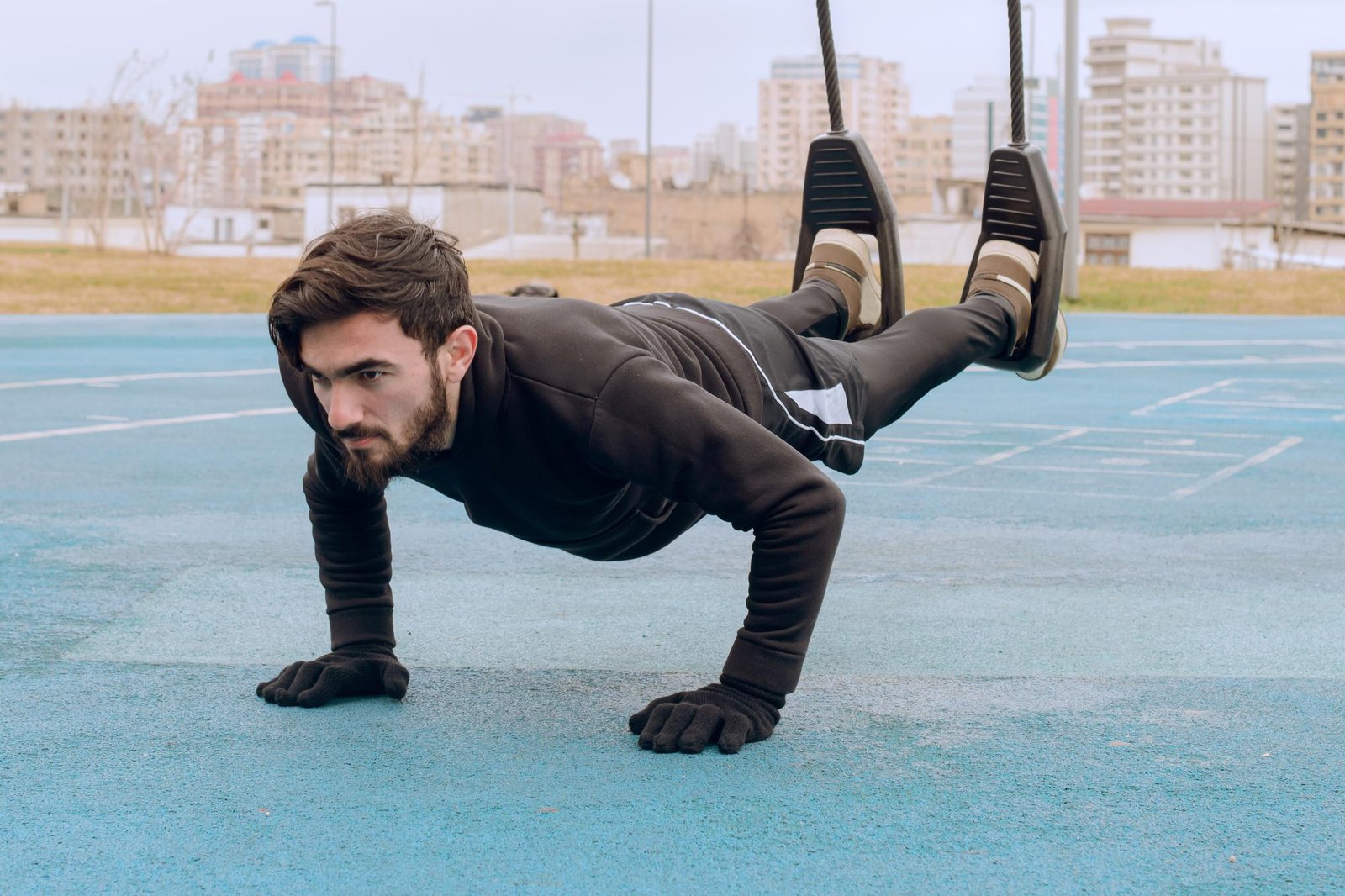Introduction
Definition of Calisthenics
Calisthenics, derived from the Greek words “kalos” (beautiful) and “sthenos” (strength),calisthenics workout is a form of exercise that utilizes one’s body weight for resistance. It involves a series of rhythmic movements and positions aimed at enhancing strength, flexibility, and overall fitness.
Growing Popularity of Bodyweight Exercises
In recent years, calisthenics has experienced a surge in popularity as individuals seek efficient and practical ways to stay fit. The simplicity and effectiveness of bodyweight exercises have attracted people of all fitness levels, from beginners to seasoned athletes.
Importance of Optimal Fitness for Overall Health
Optimal fitness is crucial for maintaining a healthy lifestyle. Regular physical activity not only contributes to weight management but also reduces the risk of chronic diseases, improves mental well-being, and enhances the overall quality of life. Calisthenics offers a versatile and accessible approach to achieving and sustaining optimal fitness.
Benefits of Calisthenics workout

Full-Body Engagement
Targeting Multiple Muscle Groups
Calisthenics engages various muscle groups simultaneously, promoting a holistic approach to fitness. Exercises like push-ups, pull-ups, and squats work multiple muscle groups, ensuring a comprehensive workout.
Improved Functional Strength
Unlike isolated exercises, calisthenics emphasizes functional strength, enhancing the body’s ability to perform everyday activities with efficiency and reducing the risk of injury.
Flexibility and Mobility
Dynamic Movements
Calisthenics involves dynamic movements that mimic real-life activities. This promotes flexibility and mobility, leading to improved joint health and an increased range of motion.
Range of Motion Enhancements
The fluid nature of calisthenics exercises promotes flexibility, preventing stiffness and reducing the likelihood of muscle imbalances that can result from static training.
Accessibility and Cost-Effectiveness
No Need for Expensive Equipment
Calisthenics requires minimal equipment, often utilizing only one’s body weight. This makes it a cost-effective alternative to gym memberships and expensive exercise machines.
Can Be Done Anywhere
One of the key advantages of calisthenics is its versatility. Whether at home, in a park, or during travel, individuals can perform bodyweight exercises, eliminating the barriers to consistent training.
Key Calisthenics Workout

Push-ups
Variations for Different Fitness Levels
Push-ups can be modified to accommodate various fitness levels, from beginners to advanced practitioners. This adaptability ensures that individuals can progress at their own pace.
Targeted Muscle Groups (Chest, Triceps, and Shoulders)
Push-ups primarily target the chest, triceps, and shoulders, promoting upper-body strength and muscle development.
Pull-ups
Building Upper Body Strength
Pull-ups are effective for building upper-body strength, particularly in the back, biceps, and forearms. They also contribute to improved posture and core engagement.
Enhancing Grip Strength
The gripping action involved in pull-ups enhances grip strength, which is beneficial for daily activities and overall functional fitness.
Squats

Engaging Lower Body Muscles
Squats are a fundamental calisthenics exercise that engages the lower body muscles, including the quadriceps, hamstrings, and glutes. They contribute to overall lower body strength and stability.
Importance of Proper Form
Maintaining proper squat form is crucial to preventing injuries and maximizing the effectiveness of the exercise. Emphasizing the correct technique ensures targeted muscle engagement.
Planks
Core Stability
Planks are renowned for their ability to strengthen the core muscles, promote stability, and reduce the risk of lower back pain.
Variations for Increased Difficulty
Plank variations, such as side planks and dynamic planks, allow individuals to progressively increase the difficulty of their workouts, catering to different fitness levels.
Read Also: Weight Bench: Unleashing the Power of Effective Strength Training
Designing a Calisthenics Workout Routine
Tailoring Workouts to Individual Fitness Levels
Calisthenics workout routines can be customized to suit individual fitness levels. Beginners may start with foundational exercises, gradually progressing to intermediate and advanced movements as they build strength and confidence.
Increasing Intensity Over Time
To stimulate continued growth and improvement, it’s essential to incorporate progressive overload into calisthenic routines. This involves gradually increasing the difficulty of exercises or incorporating additional resistance.
Avoiding Plateau
By constantly challenging the body with new variations and increased intensity, individuals can avoid reaching a plateau in their fitness progress, promoting continuous improvement.
Tips for Successful Calisthenics Training

Warm-Up and Cool-Down
Importance of Preparing Muscles
A proper warm-up is essential before engaging in calisthenics exercises. Dynamic stretches and light cardio help increase blood flow, prepare muscles for activity, and reduce the risk of injury.
Reducing the Risk of Injury
A thorough cool-down, including static stretches, helps prevent muscle stiffness and promote flexibility. Adequate recovery is crucial for long-term success in calisthenics training.
Consistency and Dedication
Establishing a Regular Workout Schedule
Consistency is key to achieving and maintaining optimal fitness through calisthenics. Establishing a regular workout schedule, whether daily or several times a week, fosters habit formation and long-term success.
Setting Realistic Goals
Setting achievable and realistic goals is fundamental to staying motivated. Whether aiming for a specific number of repetitions or mastering advanced variations, having clear objectives provides a sense of accomplishment.
Overcoming Challenges
Common Misconceptions About Calisthenics
Addressing common misconceptions, such as the belief that calisthenics workout lack variety or are not suitable for muscle building, is essential for dispelling myths and encouraging broader adoption of this effective training method.
Addressing Concerns About Muscle Building
Calisthenics, when structured correctly, can be highly effective for muscle building. Dispelling concerns about the limitations of bodyweight exercises compared to traditional weight training is crucial for promoting their benefits.
Adapting Routines for Varying Fitness Levels and Ages
Tailoring calisthenic routines to accommodate different fitness levels and age groups ensures inclusivity. This adaptability makes calisthenics suitable for individuals of all backgrounds and abilities.
Success Stories
Showcasing Individuals Who Have Achieved Optimal Fitness Through Calisthenics
Highlighting real-life success stories can inspire and motivate others to embark on their calisthenic journey. Personal transformations and health improvements serve as testimonials to the effectiveness of bodyweight exercises.
Highlighting Transformations and Health Improvements
Sharing specific examples of how calisthenics has positively impacted individuals, both physically and mentally, reinforces the idea that optimal fitness is achievable through consistent dedication to bodyweight exercises.
Calisthenics Workout for chest: A comprehensive Guideline

Embarking on a journey to sculpt a powerful chest through calisthenics demands a comprehensive understanding of effective guidelines. Calisthenics, the art of bodyweight exercises, provides an exceptional avenue to forge a robust and well-defined chest without the need for elaborate gym equipment. This comprehensive guideline delves into the nuances of calisthenics chest workouts, emphasizing key exercises like push-ups, dips, and variations thereof. By focusing on form, intensity, and progressive overload, enthusiasts can cultivate strength and aesthetics simultaneously. This holistic approach also underscores the significance of balanced routines, nutritional support, and adequate rest to optimize chest development. In the realm of calisthenics, this guide serves as a beacon, illuminating the path toward a chiseled chest with functional strength and enduring vitality.
Conclusion
Recap of the Benefits of Calisthenics
Calisthenics offers a holistic approach to fitness, targeting multiple muscle groups, enhancing flexibility, and providing cost-effective accessibility. Its adaptability makes it suitable for individuals of all fitness levels and ages.
Encouragement to Incorporate Bodyweight Exercises into Fitness Routines
Encouraging readers to incorporate calisthenics into their fitness routines emphasizes the versatility and simplicity of bodyweight exercises. This approach promotes a long-term commitment to a healthier lifestyle.
Emphasizing the Long-Term Health Benefits of Optimal Fitness Through Calisthenics
Highlighting the long-term health benefits, both physical and mental, reinforces the importance of committing to calisthenics as a sustainable fitness solution. Optimal fitness achieved through bodyweight exercises contributes to a higher quality of life and overall well-being.

1 thought on “Calisthenics Workout: Bodyweight Exercises for Optimal Fitness”